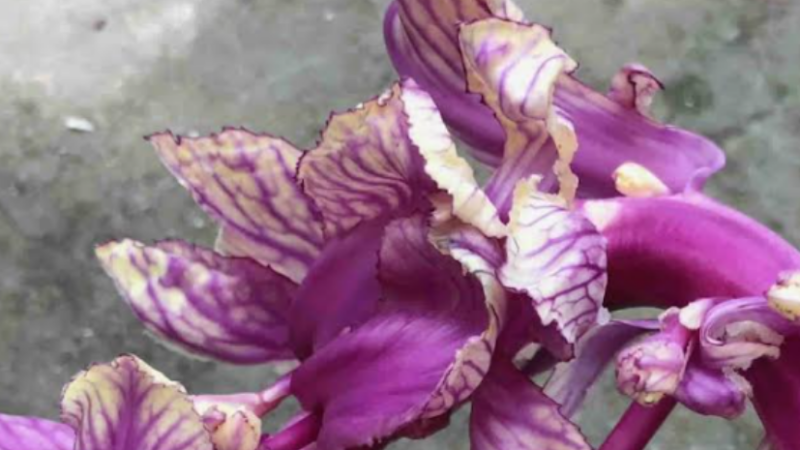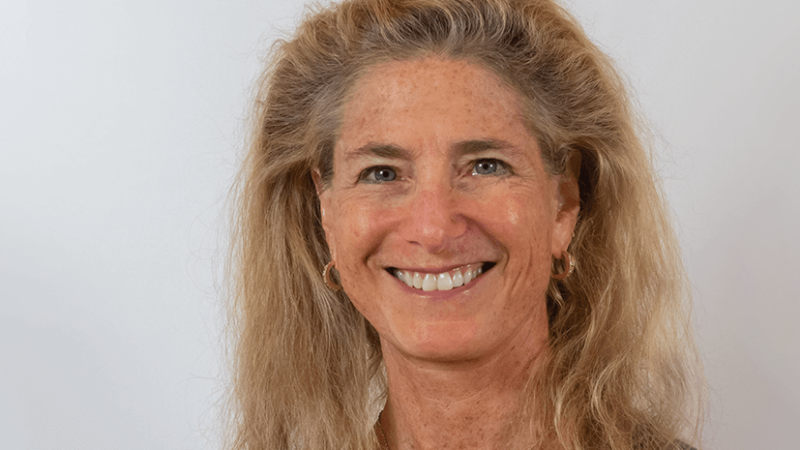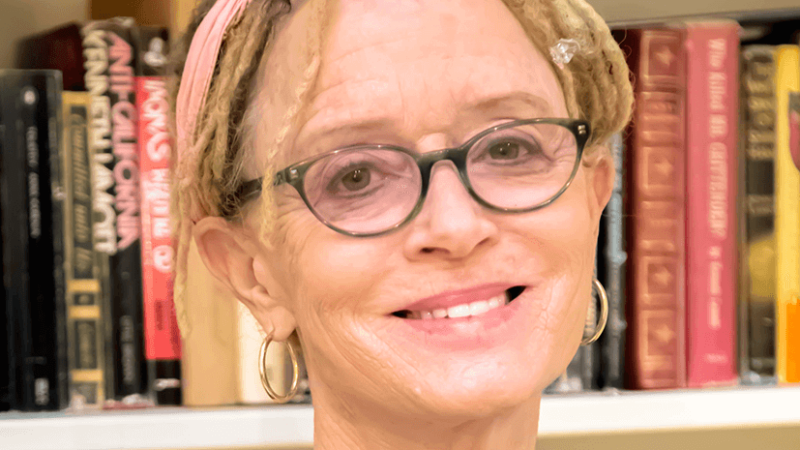-
E117: The Real Work: Letting Go from Within
Michael Singer — October 2, 2025
True spirituality isn’t about mystical experiences or lofty ideals—it’s about honestly facing...
-
Once More: Reflections on Reincarnation and the Gap Between Lives
Tami Simon — September 26, 2025
In this special reflection episode of Insights at the Edge host Tami Simon looks back on her...
-
Honey Tasting Meditation: Build Your Relationship with Sweetness
There is a saying that goes “hurt people hurt people.” I believe this to be true. We have been...
Written by:
Amy Burtaine, Michelle Cassandra Johnson
-
Many Voices, One Journey
The Sounds True Blog
Insights, reflections, and practices from Sounds True teachers, authors, staff, and more. Have a look—to find some inspiration and wisdom for uplifting your day.
Standing Together, and Stepping Up
Written By:
Tami Simon -
The Michael Singer Podcast
Your Highest Intention: Self-Realization
Michael Singer discusses intention—"perhaps the deepest thing we can talk about"—and the path to self-realization.
This Week:
E116: Doing the Best You Can: The Path to Liberation -
Many Voices, One Journey
The Sounds True Blog
Insights, reflections, and practices from Sounds True teachers, authors, staff, and more. Have a look—to find some inspiration and wisdom for uplifting your day.
Take Your Inner Child on Playdates
Written By:
Megan Sherer
600 Podcasts and Counting...
Subscribe to Insights at the Edge to hear all of Tami's interviews (transcripts available, too!), featuring Eckhart Tolle, Caroline Myss, Tara Brach, Jack Kornfield, Adyashanti, and many more.
Most Recent
How to Bloom in the Dark: Self-Compassion, Compost, an...
Compassion is the magic ingredient that turns our personal “compost” into personal evolution.
Some time ago, I found a strange bloom in the kitchen. It was elegantly twisted, like a dragon at a Chinese New Year celebration. It was frilled, purple, and pungent. This exquisite thing grew out of a chunk of purple cabbage that I’d put under the sink to go out for compost. Instead of fading quietly however, it burst into new life in the dark grotto of my cabinetry. It blossomed into something unexpected, unusual, and fiercely beautiful.
Reflecting on the discovery of this “flower” in the shadows, I’m reminded of, and heartened by, the fertility of dark times. Many people are feeling a collective spiritual darkness now, exhausted and frustrated, maybe also angry and scared. Having compassion for ourselves and others is especially important in times of literal and metaphorical darkness. How can we do this if we already feel overloaded?
Nature is our ultimate model and guide—in the light, in the dark, and in the most surprising and gorgeous ways. Cue the weird, glorious cabbage flower which came to life in the dark. What was being shown there?
There is the clear compost metaphor. Compost is the stuff we reject, the moldy, wilted, too hard, too soft, nasty bits that don’t make it to the table. It’s also the leftovers from delicious things we appreciate and enjoy, silky mango skins, green tea leaves, dark coffee grounds.
It all transforms into a rich sloop that eventually nourishes future plants. Our personal work includes processing our own “dark” sides, the parts we’d like to hide or discard. Self-compassion (and compassion for others) holds both the rejected and respected parts of who we are. Like composting, it isn’t always pretty, but it’s potent. Research shows self-compassion helps us stay present and kindhearted without sinking into absorptive empathy, which can lead to overload and burnout. This meditation is part of the toolkit in the audio course Shining Bright Without Burning Out.
The cycles of the natural world, into which we are interwoven, take time. It’s hard to be patient, to let everything, both scorned and enjoyed, stew in our symbolic personal compost piles. The speed with which that brew changes from nasty to nourishing varies widely with the internal and external conditions. Sometimes all those different elements take a long time to dissolve and break down. Sometimes it turns around faster than we think possible, like time-lapse photography of a log rotting on the forest floor with new green shoots springing to life overnight. Compassion is the magic ingredient that turns our personal “compost” into personal evolution.
The dark supports transformation. Times of literal darkness are needed for regeneration. Roots, seeds, and bulbs prepare. People and animals sleep. Times of symbolic darkness are also helpful. In darkness, transformative processes happen without spectators, often below the level of our conscious awareness. These are periods of catharsis, healing after trauma, cocooning in preparation for the next version of ourselves and our world.
We sometimes feel hopeless and helpless in the dark. Our society avoids sinking into it. Instead, we gravitate towards purveyors of easy “love and light!” spirituality, shying away from the deep, gooey work that happens to the larval versions of ourselves (and those around us) when we’re in the darkness of the cocoon. Self-compassion is most needed when we’re a mess.
The dark is a vital part of the wheel of our days, our years, our lifetimes. We need it to survive and be healthy in the long term. So, let’s embrace it, explore it, and be gentle with ourselves as we confront our fear of it. From this darkness we are nourished to bloom into the light.
@ 2021 Mara Bishop MA
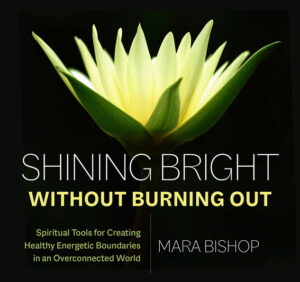 Order Shining Bright Without Burning Out now!
Order Shining Bright Without Burning Out now!
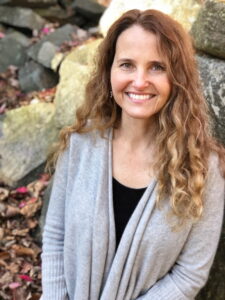
Mara Bishop has
over 25 years of experience helping people find spiritual health and
well-being. Her Personal Evolution Counseling™ method blends shamanism,
psychology, intuition, energy healing, and nature-based practices. She
lives in Durham, NC with a beloved family of people, animals, and
plants.
More information about Mara is at www.WholeSpirit.com
Trusting the Gold
Tara Brach has been practicing and teaching meditation since 1975, as well as leading workshops and meditation retreats throughout North America and Europe. She has a PhD in clinical psychology, is the founder of the Insight Meditation Community of Washington (IMCW), and is the author of Radical Acceptance, True Refuge, Radical Compassion, and most recently, Trusting the Gold.
In this podcast, Tara Brach speaks with Sounds True founder Tami Simon about rediscovering the inner “gold” of our intrinsic goodness, love, and purity. In addition, they discuss Tara’s teachings on the “trance of unworthiness” and how we can break free from it; recognizing the secret beauty in others and mirroring it back; relaxation for the go-getters; working with difficult emotions; how shame can become a portal to freedom; the RAIN practice for self-compassion; the power of the phrase “this belongs”; the practice of “softening” in response to contractions of fear or anger; and seeing the sacredness in all things.
Radical Self-Care Changes Everything
Anne Lamott is the celebrated author of many books of fiction, essays, and memoirs. Her works include Bird by Bird, Hallelujah Anyway, and Crooked Little Heart. In this special edition of Insights at the Edge originally recorded for The Self-Acceptance Summit, Tami Simon speaks with Anne about acts of “radical self-care” and how they are essential for anyone’s well-being. Anne talks about self-acceptance as an innately feminist concept, especially around issues of body image and self-esteem. Finally, Anne and Tami discuss how it is necessary to fully accept oneself before being able to show up for others, and why modern society often argues the opposite.
Customer Favorites
Here in this body are the sacred rivers…
The commitment to our immediate embodied experience is the most radical commitment we could ever make. To commit to this life – right here, right now, as it is – is the unbearable and direct path into the love and freedom that we all so long for. When sadness comes calling, grief appears, shame arrives, anxiety comes for tea, do not mistake them for ordinary visitors, for they have been sent from beyond. Inside every feeling, each sensation, and every flow of emotion is a secret doorway into the center of the heart. Let us allow these guests to reveal to us their gifts, turning toward them, for they have come to show us the way home.
In the words of the great tantric sage Saraha, “Here in this body are the sacred rivers: here are the sun and moon as well as all the pilgrimage places… I have not encountered another temple as blissful as my own body.” Whatever we are offered in this day – the beautiful, the challenging, the heartbreaking, the painful, the difficult – let us allow this life to touch us in the most unprotected way. Let us somehow be willing to risk everything for this one and only rare experience, allowing each and every person we meet to matter deeply.

Let us make this pilgrimage into and through the cells of our heart, learning its secrets; and through the strands of our DNA, sailing down the sacred rivers which make up this precious human body. And, finally, let us behold the movement of love as it washes through every organ, reorganizing our entire somatic sensual reality into a vessel of kindness and attuned empathic presence, filled with a profound care for this life and for all beings everywhere.
Unshakable Inner Peace: What Does That Mean, and Is It...
Shannon Kaiser is the bestselling author of five books on the psychology of happiness and fulfillment, including The Self-Love Experiment, Adventures for Your Soul, and Joy Seeker. As a life coach, international speaker, and retreat leader, she helps people align with their true selves so they can live their highest potential.
In this podcast, Sounds True founder Tami Simon speaks with Shannon about her new book, Return to You, and how we can embrace every part of ourselves and realize “an unshakable inner peace.” They also discuss the spiritual lesson that “if you don’t go within you go without,” identifying your particular intuitive style and tapping your innate wisdom, working with anxiety and shifting from fear to love, the practice of “alchemizing fear” so as not to bypass it, ways to amplify our sense of love and connection, why in order to really know something you must know its opposite, personal expansion and reclaiming your power, how to “turn your resistance into assistance,” cultivating an “activation mindset” to sustain calm, and much more.
Diana Winston: The Big Bang of Natural Awareness
Diana Winston is is the director of mindfulness education at UCLA’s Mindful Awareness Research Center, a member of the Teachers Council at Spirit Rock Meditation Center, and a pioneer in mindfulness education for children. With Sounds True, she has released The Little Book of Being: Practices and Guidance for Uncovering Your Natural Awareness. In this episode of Insights at the Edge, Tami Simon speaks with Diana about “natural awareness”—an always-available, foundational flow state distinguishable from deliberate mindfulness practice. They share “glimpse practices” designed to open up perception and embodiment of natural awareness, commenting on how each can be practiced in day-to-day life. Diana and Tami discuss the value of going on retreat, the spectrum of different awareness practices, and common misconceptions about what it takes to become a mindfulness teacher. Finally, Diana explains why it’s important not to become a “bliss-ninny” as well as the difference between natural awareness and spacing out. (64 minutes)

